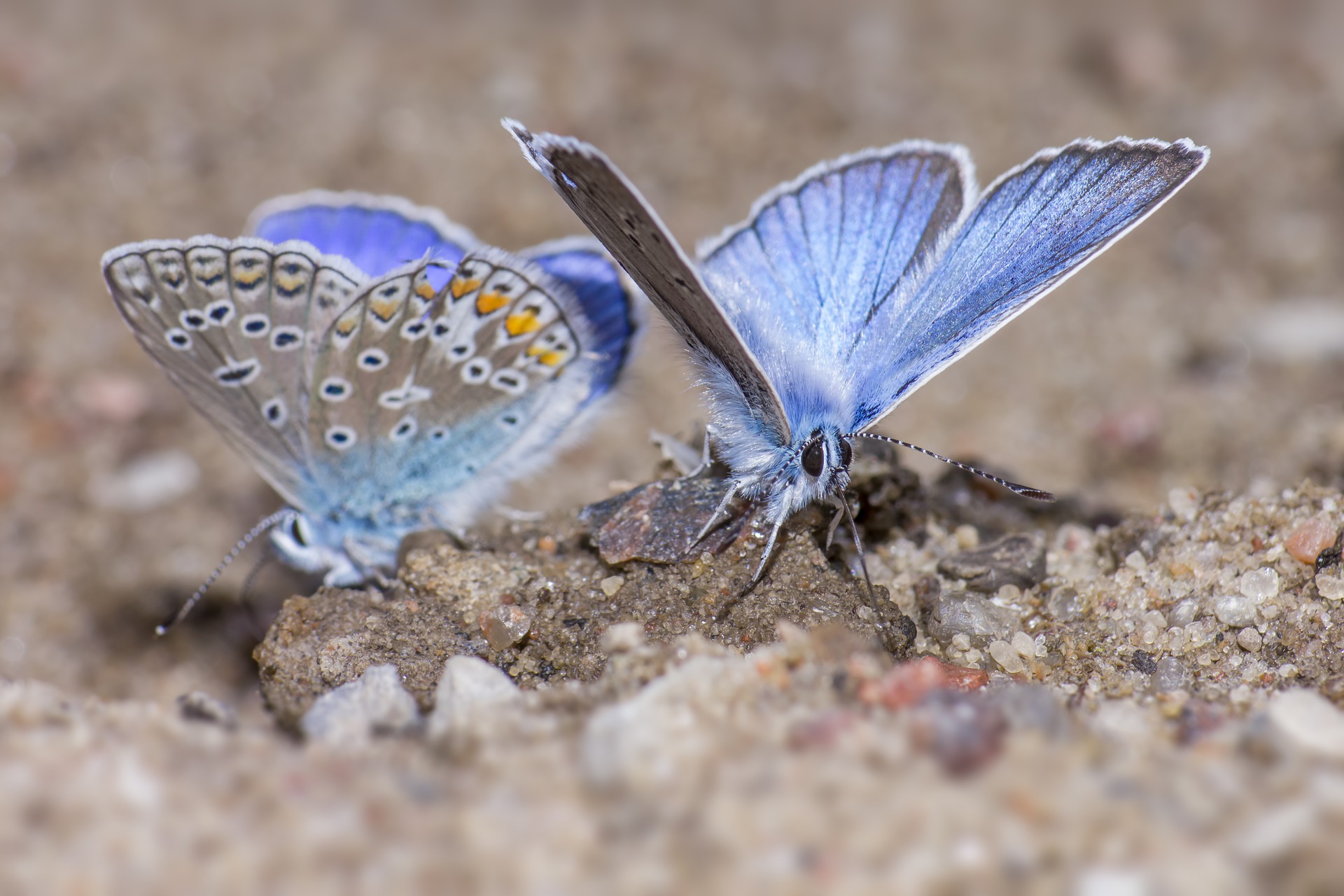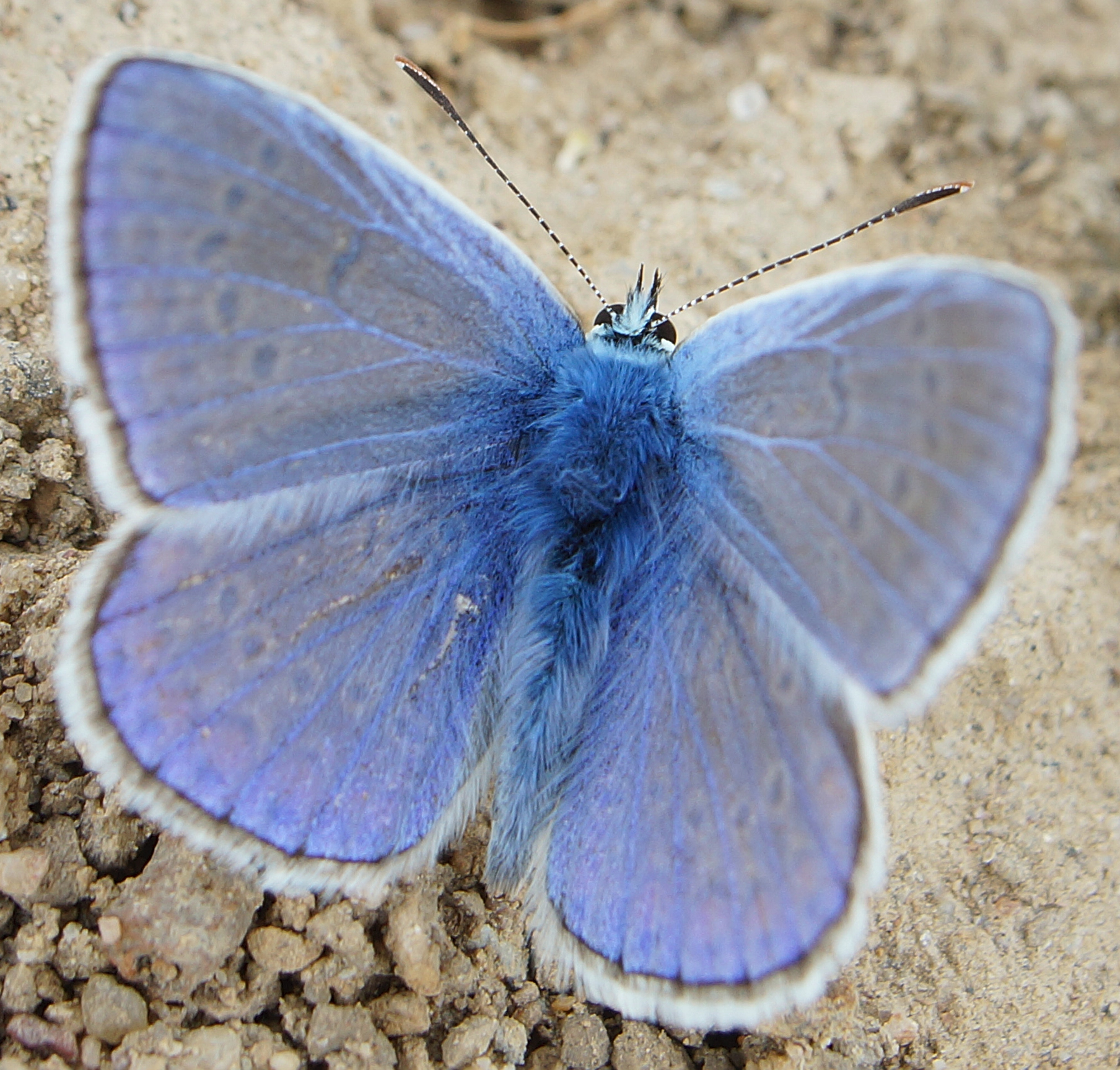Luna Moths
Luna moths are species that are specifically born to pollinate the luna flowers. Only a few hundred are born in each pack every year and they up to a year, rarely making it to a year and a half. The rarity of these moths stems from their geographical locations around the world, resulting in the growth of the luna flowers that help to protect the Luna/r when taking shelter in the luna grove.
 Luna moths start as a caterpillar, or moth larvae, and make cocoons from which they emerge as fully grown moths with pale blue wings. Some luna moth caterpillars dig holes in the ground, where they live until they are ready to turn into adult moths. Luna moths also hibernate during the day to protect their wings from drying out in the sunlight; their usual hibernating location is within the giant moon tree.
The easiest way to tell a moth from an average butterfly is by their antennae. Butterflies have small ball or clubs at the end of their antennae while moths usually have feathery antennae with no ball on the end. The only exception to this rule is the luna moth, as they were designed to appear as similar to a butterfly.
Luna moths start as a caterpillar, or moth larvae, and make cocoons from which they emerge as fully grown moths with pale blue wings. Some luna moth caterpillars dig holes in the ground, where they live until they are ready to turn into adult moths. Luna moths also hibernate during the day to protect their wings from drying out in the sunlight; their usual hibernating location is within the giant moon tree.
The easiest way to tell a moth from an average butterfly is by their antennae. Butterflies have small ball or clubs at the end of their antennae while moths usually have feathery antennae with no ball on the end. The only exception to this rule is the luna moth, as they were designed to appear as similar to a butterfly.
Anatomy & Morphology

Luna Moths by Erik_Karits (Pixabay)
Ecology & Habitat
Luna moths are known as insecta pollinators, which means they easily transfer pollen to other luna flowers through cross-pollination, which occurs when pollen is delivered from the stamen of one luna flower to the stigma of another luna flower. The more luna flowers there are in a location, the easier it is for a luna moth to carry the pollen during the flight between flowers and it also helps prevent luna moths from clogging stigmas with the pollen from other flower species that can sometimes appear in the luna grove. All of this improves the probability that the luna moth will find healthy luna flowers to pollenate. Some luna flowers have specialized mechanisms to trap luna moths to increase effectiveness. Luna moths are attracted luna flowers by odor, and during this time, they become intoxicated during these visits to the luna flowers, which last up to an hour.Table of Contents

Luna Moth by Ronald (Pexels)
Titles/Nicknames
Blue Light Moth
Conservation Status
Endangered
Quick Facts
Scientific Name:
Insecta
Origin/Ancestry:
Arthropoda
Lifespan:
1 years; Rarely 1 and a 1/2 Years
Geographical Distribution:
Blue Desert Pack
Claw Pack
Dark Forest Pack
Horn Pack
Jasmine Heart Pack
Scarwood Pack
Shadow Lake Pack
Silver Forest Pack
Storm Pack
TBN Pack on Shálmâne
Vain Pack
White Mountain Pack
Winter Moon Pack
Claw Pack
Dark Forest Pack
Horn Pack
Jasmine Heart Pack
Scarwood Pack
Shadow Lake Pack
Silver Forest Pack
Storm Pack
TBN Pack on Shálmâne
Vain Pack
White Mountain Pack
Winter Moon Pack

Comments